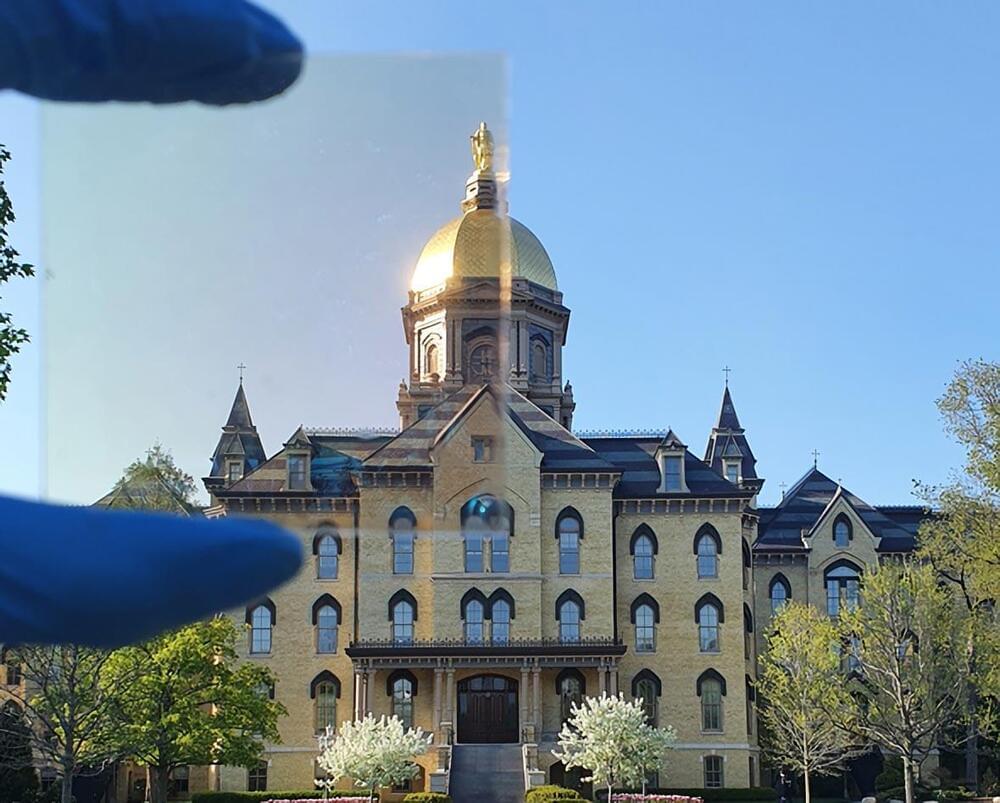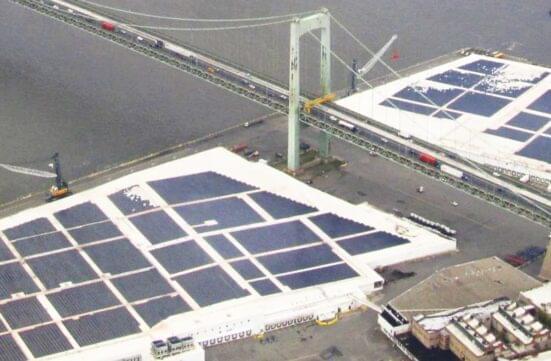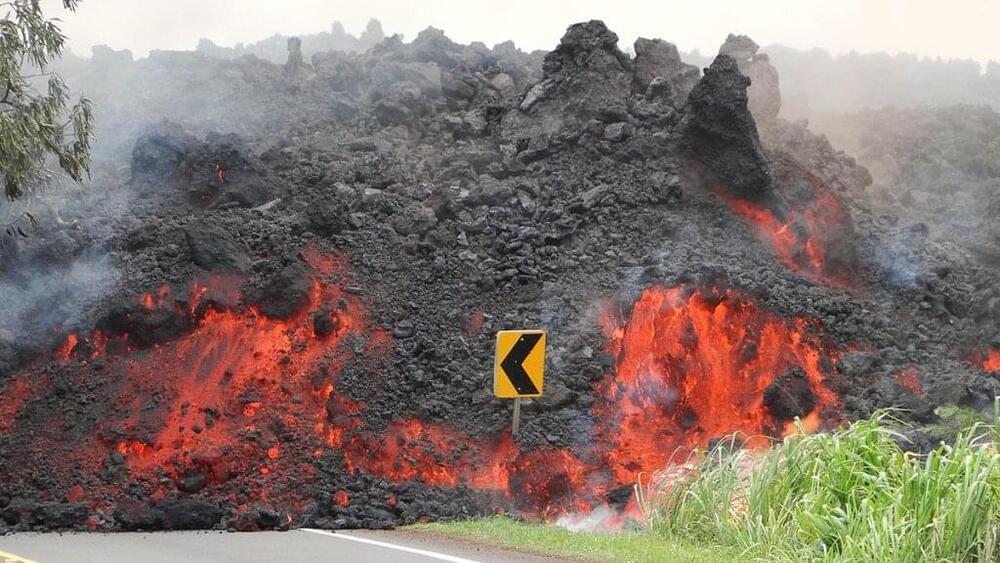Nature is (actually) healing.
Thanks to effective bans of harmful chemicals, the hole in the ozone keeps getting smaller.

A spectacular and explosive volcanic eruption in January 2022 produced the highest plume of steam and ash in recorded history.
The towering column that arose from Hunga Tonga-Hunga Ha’apai reached a tremendous altitude of 57 kilometers (35 miles) above sea level.
That height makes it the first-ever volcanic eruption seen to have punched completely through the stratosphere to breach the mesosphere.
A recently released set of topography maps provides new evidence for an ancient northern ocean on Mars. The maps offer the strongest case yet that the planet once experienced sea-level rise consistent with an extended warm and wet climate, not the harsh, frozen landscape that exists today.
“What immediately comes to mind as one the most significant points here is that the existence of an ocean of this size means a higher potential for life,” said Benjamin Cardenas, assistant professor of geosciences at Penn State and lead author on the study recently published in the Journal of Geophysical Research: Planets.
“It also tells us about the ancient climate and its evolution. Based on these findings, we know there had to have been a period when it was warm enough and the atmosphere was thick enough to support this much liquid water at one time.”

Demand is growing for effective new technologies to cool buildings, as climate change intensifies summer heat. Now, scientists have just designed a transparent window coating that could lower the temperature inside buildings, without expending a single watt of energy. They did this with the help of advanced computing technology and artificial intelligence. The researchers report the details today (November 2) in the journal ACS Energy Letters.
Cooling accounts for about 15% of global energy consumption, according to estimates from previous research studies. That demand could be lowered with a window coating that could block the sun’s ultraviolet and near-infrared light. These are parts of the solar spectrum that are not visible to humans, but they typically pass through glass to heat an enclosed room.
Energy use could be even further reduced if the coating radiates heat from the window’s surface at a wavelength that passes through the atmosphere into outer space. However, it’s difficult to design materials that can meet these criteria simultaneously and at the same time can also transmit visible light, This is required so they don’t interfere with the view. Eungkyu Lee, Tengfei Luo, and colleagues set out to design a “transparent radiative cooler” (TRC) that could do just that.

From swerving to sheltering in place, here’s how the International Space Station handles hazards on the increasingly cluttered space lanes.
The most recent maneuver happened last week when the ISS boosted itself into a higher orbit to avoid debris from a 2021 Russian anti-satellite missile test. It’s likely that such close calls will only get more common as humanity keeps cluttering up the space lanes with old satellites and bits of wreckage from collisions and missile tests. Here’s what you need to know about space debris and how to avoid it.
How does the International Space Station dodge space debris?
It’s tempting to picture astronauts piloting the ISS like it’s the Millennium Falcon, relying on their lightning reflexes (and maybe the Force) to swerve around bits of obliterated spaceships, often with mere inches to spare. The reality — like a lot of things in space flight — is much slower and happens over much bigger distances than Hollywood’s version. But it can still be extremely tense, as lives are at stake, and if something goes wrong, help is not on the way.
Is solar geoengineering an alternative solution to the climate crisis?
Solar geoengineering is a branch of geoengineering that focuses on reflecting sunlight back into outer space to reduce global warming. There are several solar geoengineering techniques being researched; the most feasible one consists of spraying reflective aerosols in the stratosphere.
Scientists also consider brightening marine clouds to make them more reflective.
Recently, the White House’s Office of Science and Technology Policy launched a five-year research plan to investigate methods for reflecting solar radiation back to outer space in an attempt to reduce the effects of global warming.
Pixabay/Jürgen Jester.
Watch The Kardashev Scale Type 1: What Would Be Our CIvilization?
https://youtu.be/zHFN8VrLBdc.
–
A type 1 civilization on the Kardashev scale manages to take advantage of 100% of the energy produced by its planet, control the climate, move continents and even change its planet’s rotation. In this sense, how long does the human race lack to become a type 1 civilization? Are we close to achieving it, or are we still far away?
Ready, let’s start! “Introduction“
The level of technological development of any civilization can be measured mainly by the amount of energy they need. But, it also encompasses the management of that energy and how they use it to develop and grow on their home planet.
Following Kardashev’s definition, a Type I civilization is capable of storing and using all the energy available on its planet; this includes all known electricity generation methods, as well as those that depend on the elements available on the planet, nuclear fusion and fission, geothermal energy, as well as that which they can collect from their star without leaving the planet.
The human race has not yet reached this level of development, but will we ever reach it? And if so, when will we achieve it?
Previously we already made a series of 3 videos in which we address the three types of civilizations that exist according to the Kardashev scale. “Enter here images of the series on the scale of Kardashev.“
But today, we will focus on analyzing why the human race has not yet managed to become a type 1 civilization and how far we need to become one.
The Great Filter.
-
“If You happen to see any content that is yours, and we didn’t give credit in the right manner please let us know at [email protected] and we will correct it immediately”
“Some of our visual content is under an Attribution-ShareAlike license. (https://creativecommons.org/licenses/) in its different versions such as 1.0, 2.0, 30, and 4.0 – permitting commercial sharing with attribution given in each picture accordingly in the video.”
Credits: Ron Miller, Mark A. Garlick / MarkGarlick.com.
Credits: NASA/Shutterstock/Storyblocks/Elon Musk/SpaceX/ESA/ESO/ Flickr.
00:00 Intro.

“If I’m a farmer in Australia, and I want to know what the drought situation is going to look like over the next 20 to 30 years and decide what sorts of crops I might want to grow or how I might want to change irrigation technologies that I use for my farm, I want to be able to ask questions like that to this digital twin and get answers,” Kashinath said.
FourCastNet, an open-source project, is the first product of the broader Earth-2 initiative available to researchers. And while there’s no specific date for when the team will launch Earth-2 publicly, Kashinath said it will similarly be open for use by the research community.
Hopefully, as tools like Earth-2 emerge, we can better plan for and adapt to our rapidly changing climate.

When a volcanic eruption occurs in an inhabited area, rapid and accurate lava flow forecasts can save lives and reduce infrastructure and property losses. To ensure that current lava forecasting models can provide outputs fast enough to be useful in practice, they unfortunately must incorporate physical simplifications that limit their accuracy.
To aid evacuation plans, forecast models must predict a lava flow’s speed, direction, and extent. These attributes are intimately connected to how the lava solidifies as it cools. Yet to achieve real-time speed, most current models assume that a flow has a uniform temperature. This is a major simplification that directly influences modeled rates of cooling; generally, lava flows are much cooler at their boundaries, where they are in contact with air or the ground, than they are internally.
Aiming to strike a better compromise between speed and realism, David Hyman and a team developed a 2D, physics-based lava flow model called Lava2d. They extended the traditional, vertically averaged treatment of a lava packet by considering it as three distinct regions: the portion near the lava-air boundary, the portion near the lava-ground boundary, and the fluidlike central core. The top and bottom regions of a modeled flow cool based on the physics of heat transfer to the air and ground, while the temperature in the center remains uniform, as in prior approaches. This setup enables the model to account for a temperature gradient without requiring a computationally expensive 3D approach.